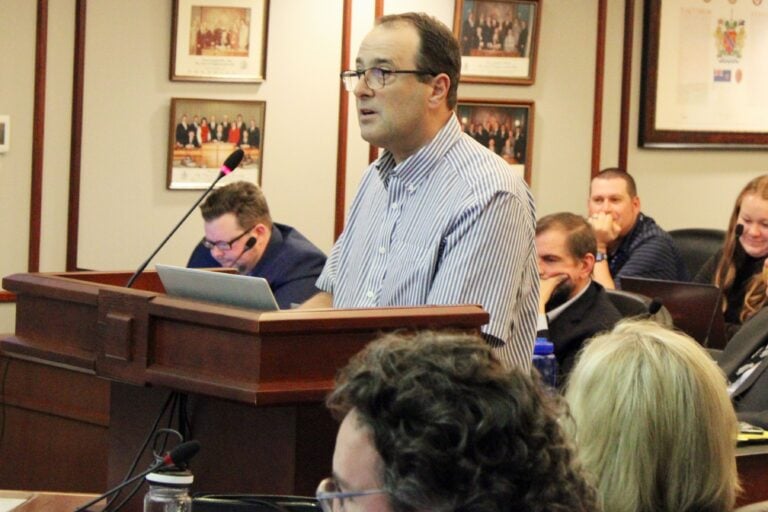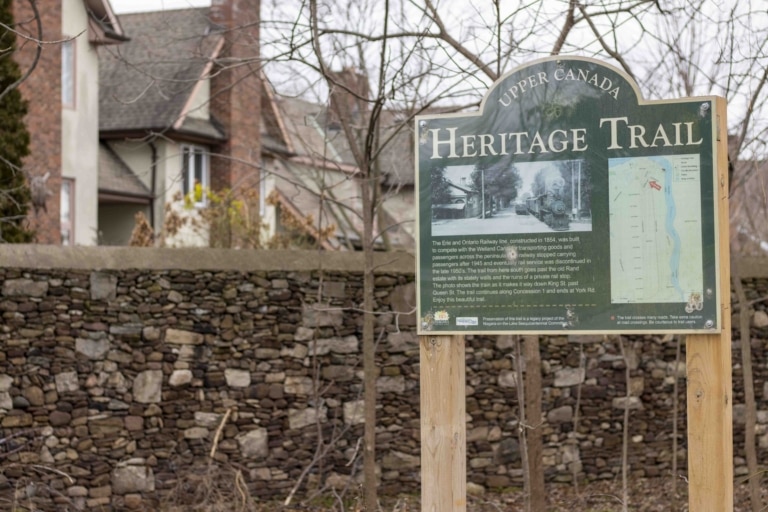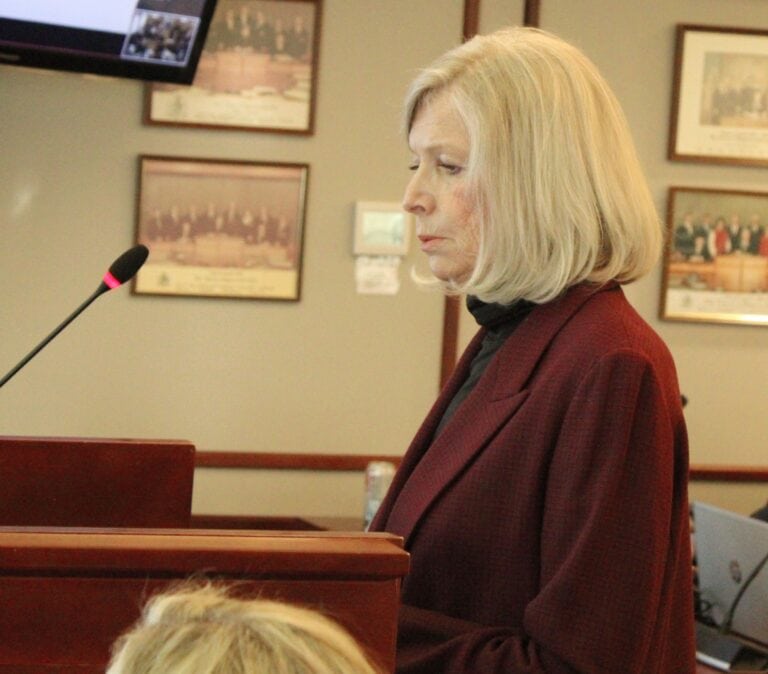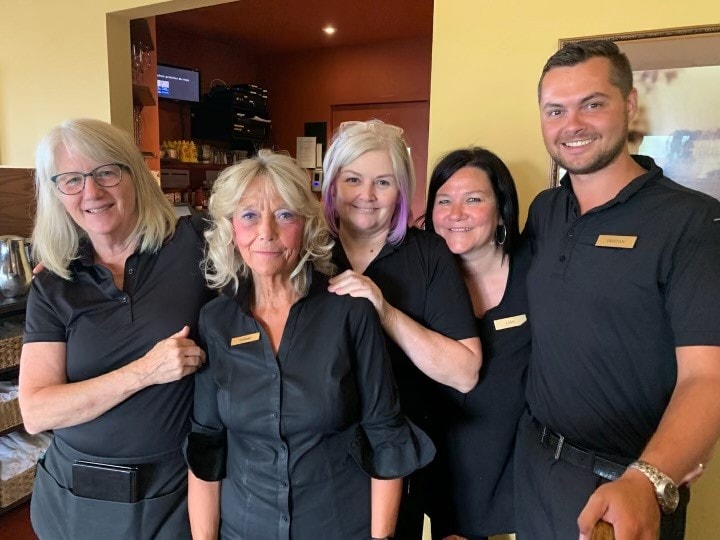Service uses NOTL as training ground for police dogs and their handlers
Two of the Niagara Regional Police department's newest recruits were busy last week foraging through a park and forested area in Niagara-on-the-Lake, putting into practice the skills they've learned through an intense training program.
When they graduate in early July, they'll be ready to do their part to track down criminals and help their fellow officers serve and protect the people of Niagara.
Atlas and Ranger are no ordinary recruits, though. The youthful German shepherds are highly trained newcomers to the Niagara police service's seven-member K9 unit.
Together with their respective handlers, Const. Dan Campbell and Const. Rob Viger, they are all learning the ropes, so they'll be ready when called upon.
The 15-week course trains the dogs and their handlers simultaneously in a wide variety of disciplines, from tracking missing people to subduing criminal suspects.
The handlers and their dogs are a team and one important skill the handlers learn is recognizing "the subtle cues of their dog's body language to tell you something that they can't verbally communicate," says Const. Jesse Hicks, one of the canine unit's assistant trainers.
While these dogs live at home with their handlers, they are not pets – they're working dogs and considered an important part of the police service's repertoire.
While most police work portrayed on TV or in movies bears little resemblance to what happens in the real world, the job police canines do is just like the Hollywood version, with one big difference: officers don't have the dog sniff an article of clothing before they start tracking, says Hicks.
Instead, the dog is taken to the "point last seen" and the animal put its nose on that spot and "they start searching for the human odour in that spot to start tracking."
The dog is able to isolate that odour and is trained to follow scent patterns, look for ground disturbances like crushed grass, even "skin cells of the person that's walking," Hicks says.
"We're training them to isolate that scent pattern of human odour and ground disturbance to follow that odour for sometimes upwards of two kilometres on the ground."
All seven of Niagara's police dogs can track humans. But they're also dual purpose, Hicks says, noting five of them can track narcotics and two can sniff out explosives. The K9 unit covers the entire region, from Hamilton and Haldimand to the U.S. border.
Most police dogs are German shepherds, though the Niagara service also uses some Belgian malinois, another breed known for their high energy and drive, says Hicks, who has been with the force for 15 years, seven with the K9 unit.
Two of the dogs in the unit now are purebred Belgian malinois. Hicks's dog, Kona, is a shepherd-Belgian malinois mix, as is Ender, the dog of unit commander Sgt. Scott Johnstone. Kona retires in a year or two and it's department policy that Hicks will also move on to another position at that time.
The force regularly uses Niagara-on-the-Lake for training. "Given the geography, with the forests there, the parks and tall grasses, the area provides a variety of different terrains and environmental conditions for the dogs to work through," Hicks says.
"A lot of our course and a lot of our training is exposing the dogs to what they are going to come into operationally," he says, and Niagara-on-the-Lake offers everything the department needs.
The dogs begin their careers when they're one to two years old and retire around age 10.
For officers, working with the K9 unit is much different than other types of police work. "It's very, very rewarding," says Hicks.
"It can be challenging initially. There is a lot to learn both for the dog and the handlers, but once you master that tradework and that understanding of being able to read the dog, you work together as a team."
"When you're able to help people or find bad guys, it's like no other feeling."
The unit is frequently used to search for missing people, "anywhere from infants to the elderly."
"Being able to use our training and the tools and skills that we have to locate someone before they're hurt or seriously injured is definitely one of the most rewarding things about the job," Hicks says.
"It's the type of stuff that gives you goosebumps."



.jpeg)







